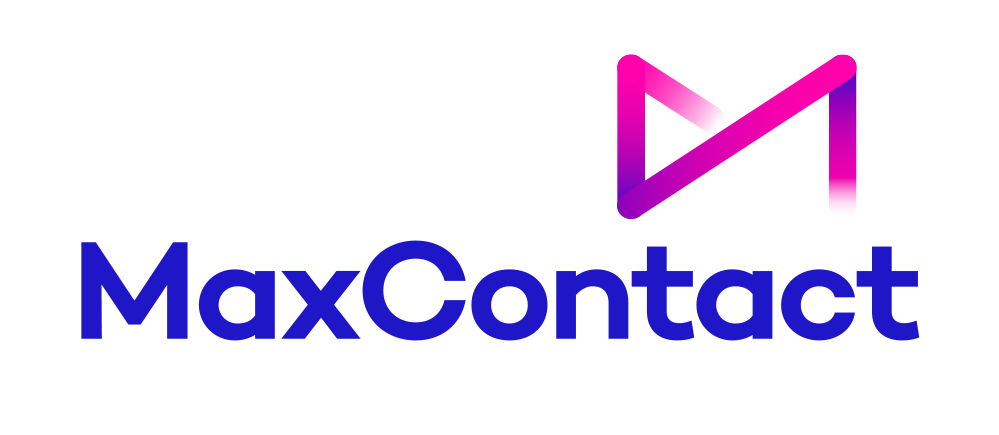What is a Good First Call Resolution Rate?
First Call Resolution (FCR) has long been considered one of the most important and informative customer service metrics.
First Call Resolution measures how often support teams resolve customer issues during the initial point of contact, with no need for additional follow-ups.
A high FCR rate often aligns with high levels of customer satisfaction, loyalty, and even reduced operational costs. In an industry where performance metrics abound, FCR stands out as a clear indicator of quality.
This article provides a detailed breakdown of what constitutes a good FCR rate, how benchmarks differ by industry, the main factors that influence FCR, and realistic strategies for improving it. Supported by recent research and practical examples, this guide aims to help you better understand and interpret this crucial performance metric.
What Does First Call Resolution Mean?
First Call Resolution is the successful handling of a customer’s issue during their first contact with the support team. For call centres, it typically refers to resolving issues on the first inbound call without requiring escalation, a callback, or customer recontact.
The definition sounds simple, but measuring it correctly requires nuance. For example, if a customer calls and is transferred to another department but their issue is resolved within the same session, some organisations count that as resolved on first contact. Others only count it if no transfer is required.
More sophisticated centres distinguish between internal and external FCR:
- Internal FCR is based on system data and CRM entries. It tracks whether the customer contacted support again about the same issue within a set time frame (usually 7 days).
- External FCR is captured through post-call surveys or customer feedback, asking whether they feel the issue was resolved during the first interaction.
While internal data is faster and more scalable to track, external methods are considered more reliable. According to SQM Group, a leading customer experience research firm, external FCR correlates more strongly with customer satisfaction and net promoter score.
What is a Good First Call Resolution Rate?
FCR is heavily influenced by the nature of the business, the complexity of queries, and the systems in place. However, general standards do exist. SQM Group’s 2024 report found the average FCR rate falls between 70% and 79%.
Here is a simplified breakdown:
|
FCR Rate (%) |
Performance Level |
|
80% |
World-class |
|
70-79% |
Above average |
|
60-69% |
Below average |
|
<60% |
Underperforming |
Organisations with a good FCR score usually report better CSAT and lower agent burnout. On the other hand, FCR below 60% often indicates broken internal processes, insufficient training, or a disconnect between departments.
It’s also important to distinguish between first-call and first-contact resolution. The former refers specifically to phone calls, while the latter includes email, live chat, and social media support. The same benchmarks don’t always apply across all channels.
Average First Call Resolution Rate by Industry
FCR benchmarks vary depending on industry, due to differences in query complexity, regulatory requirements, and service model.
|
Industry |
Average FCR Rate |
|
Financial Services |
70% |
|
Healthcare |
68% |
|
Telecommunications |
65% |
|
Retail & E-Commerce |
72% |
|
Utilities |
64% |
|
Insurance |
71% |
Financial services often achieve higher FCR rates due to specialised agent training, well-integrated systems, and repeat customer interactions.
Retail and e-commerce also report strong FCRs, particularly where self-service portals and real-time tracking reduce issue complexity.
In contrast, telecoms and utilities tend to have lower FCR rates due to their reliance on technical systems. For example, resolving a broadband connectivity issue might require engineer support, making first-call resolution unfeasible in many cases.
Factors That Affect First Call Resolution
Numerous factors affect whether an agent can solve a customer’s issue during the first call. Understanding these influences is the first step toward improving the rate.
1. Agent Knowledge
Front-line staff are the foundation of a good FCR. Agents who receive thorough onboarding and regular product training are better equipped to resolve problems without escalation. Lack of training leads to hesitation, increased transfers, and unnecessary follow-ups.
2. Call Routing
When customers are routed to the wrong department, the chance of resolving their issue on first contact drops sharply. Intelligent call routing and IVRs that guide customers accurately can prevent this. Transferring a call increases average handling time and creates frustration.
3. Access to Information
An agent’s ability to resolve an issue also depends on the tools they have at their disposal. A slow or poorly structured knowledge base, outdated internal systems, or limited access to customer history all contribute to lower FCR.
According to a Zendesk report, more than 60 % of agents say they could perform their jobs better if they had access to more data to personalise interactions
4. Customer Behaviour
Not every issue can be resolved in a single call. Some customers contact support without all the necessary information or struggle to articulate the problem. Similarly, queries related to technical faults, cancellations, or refunds across multiple departments often require more than one touchpoint.
How to Improve First Call Resolution
To raise FCR, call centres need to take a structured, iterative approach. One widely adopted method is the IDCA closed-loop model:
IDCA: Identify, Develop, Check, Act
|
Stage |
Description |
|
Identify |
Gather feedback from customers, surveys, and call audits to find sticking points. |
|
Develop |
Create better scripts, improve training materials, and refine processes. |
|
Check |
Monitor FCR rates, CSAT, and other KPIs to assess progress. |
|
Act |
Implement changes and adjust based on results and ongoing feedback. |
This model is designed to create continuous improvement. Additional methods for improvement include:
- Conduct root cause analysis: Review repeat contacts and map them to failed resolutions.
- Improve self-service options: Clearer self-service pathways reduce inbound queries, improving FCR for those that remain.
- Monitor and coach regularly: Regular feedback and peer coaching raise agent confidence and performance.
- Encourage ownership: Empower agents to follow through and take responsibility for resolving complex queries.
Case studies from companies like American Express show that training agents to own the customer’s issue from start to finish often leads to better long-term results, even if the initial call takes slightly longer.
For example, American Express shifted its service model to prioritise emotional intelligence and issue ownership over speed. Instead of measuring call length, they trained agents to build real connections and resolve issues from start to finish, even if that meant spending more time per customer. This strategy led to consistently high customer satisfaction and retention, particularly among premium users who cite service as their main reason for loyalty.
Measuring First Call Resolution Correctly
FCR measurement can be done in several ways, but getting it wrong can lead to poor decision-making.
Formula: FCR = (Total number of issues resolved on first contact / Total number of issues received) x 100
Make sure you only count first-time contacts. If a customer reaches out about the same issue more than once, it should not be considered resolved on the first call.
Tips for accurate tracking:
- Use a consistent timeframe (e.g., 7 days) to determine whether repeat contact occurred.
- Combine CRM tracking with post-call surveys.
- Distinguish between related and unrelated follow-ups.
- Tag repeat contacts accurately to ensure clear data.
Why First Call Resolution Matters
FCR is not just about call centre performance. It impacts the wider customer journey and long-term business outcomes.
Research from SQM shows that improving FCR by even 1% can reduce operating costs by 1% and increase customer satisfaction by up to 5%. Why? Because customers don’t want to chase support teams or explain their problem multiple times.
A high FCR rate leads to:
- Higher CSAT and NPS scores: Customers are more likely to recommend a brand that solves issues fast.
- Improved agent morale: Agents spend less time handling frustrated customers and repeating basic steps.
- Lower operational costs: Fewer repeat contacts mean less time and money spent on each query.
It also strengthens customer loyalty. According to a Forrester report, 77% of customers say valuing their time is the most important part of good customer service. FCR is a strong reflection of whether a business respects that.
Build a Stronger Customer Experience with MaxContact
A good First Call Resolution rate is more than just a number; it is a direct reflection of how prepared, trained, and supported your customer service team is. Rates above 70% are recommended, but the most important goal is consistency. Organisations that regularly assess and adapt their FCR strategies build stronger customer relationships and more sustainable support systems.
Improving FCR requires clear data, honest analysis, and a culture of accountability. Focus on root causes, support your agents, and listen closely to what your customers say after each call; that’s where meaningful improvements start.
Get in touch with MaxContact today to discover how our contact centre technology can help your team improve FCR and create a better customer experience.
.png)
From the blog







